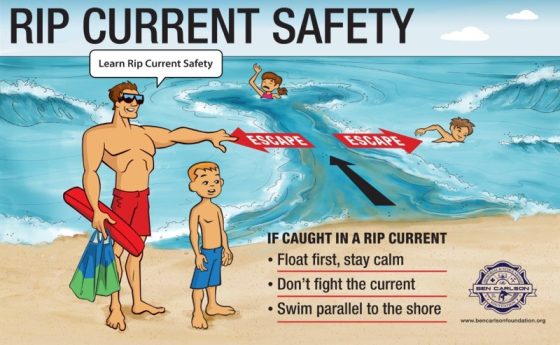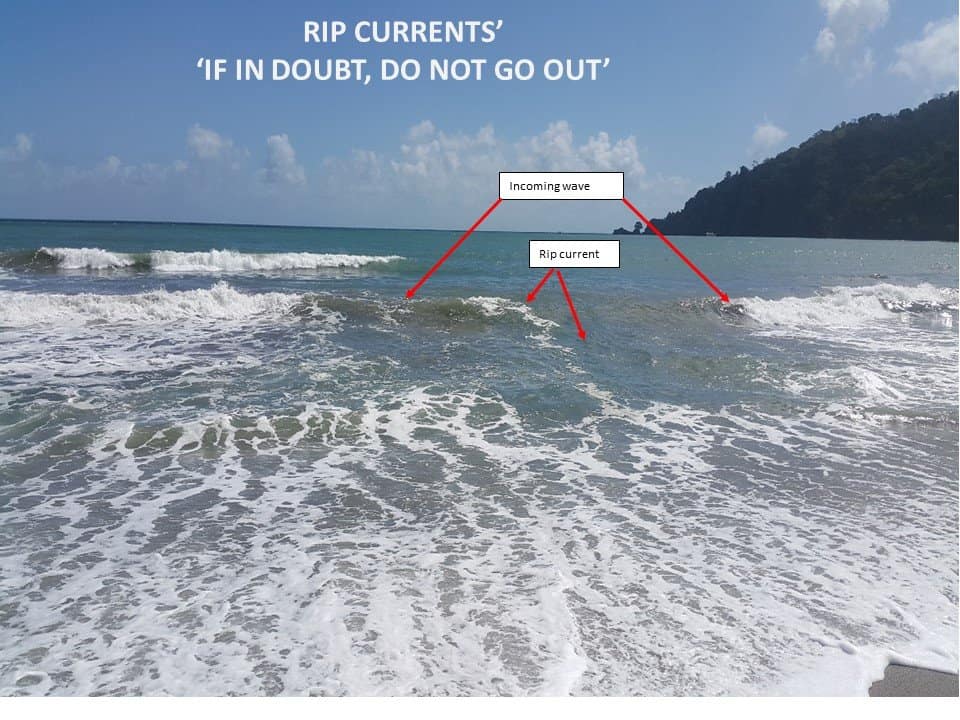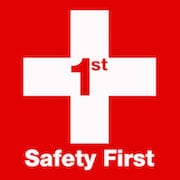
What to Do If You’re Caught in an Ocean Rip Tide
If you’ve ever felt a sudden, strong pull away from the shore while swimming in the ocean, you may have encountered a rip tide—more accurately known as a rip current. These powerful, narrow channels of fast-moving water can quickly sweep swimmers out to deeper waters, causing panic and potentially leading to drowning. But with the right knowledge, you can stay safe. Here’s what to do if you find yourself caught in a rip current.
1. Stay Calm
The most important thing to do is not to panic. Rip currents don’t pull you under—they pull you away from shore. Staying calm helps you conserve energy and think clearly.
2. Don’t Fight the Current
Trying to swim directly back to shore against the current is exhausting and often futile. Rip currents can move faster than an Olympic swimmer, so fighting it will only tire you out.
3. Swim Parallel to Shore
Instead, swim parallel to the shoreline. Rip currents are usually narrow—often less than 100 feet wide. By swimming parallel, you’ll eventually move out of the current’s grip. Once free, you can then swim back to the beach at an angle.
4. Float or Tread Water If You Can’t Escape
If you’re too tired to swim, float on your back or tread water. Most rip currents lose strength offshore. You might drift out a bit farther, but you’ll have a better chance of being rescued or recovering enough strength to swim back.
5. Signal for Help
If you need help, wave one arm and shout. Lifeguards are trained to recognize distress signals, and by staying calm and visible, you increase your chances of rescue.
6. Learn Before You Swim
Before entering the ocean:
Check for warning flags or signs.
Ask a lifeguard about the conditions.
Look for rip current indicators: narrow gaps in waves, darker or choppier water, and a line of seaweed or debris moving seaward.
Final Thoughts
Rip currents are one of the ocean’s most dangerous natural hazards, but with awareness and the right response, they don’t have to be deadly. Teach your family and friends how to recognize and respond to rip currents—it could save a life.
Stay safe and respect the ocean. Knowledge is your best lifeguard.

